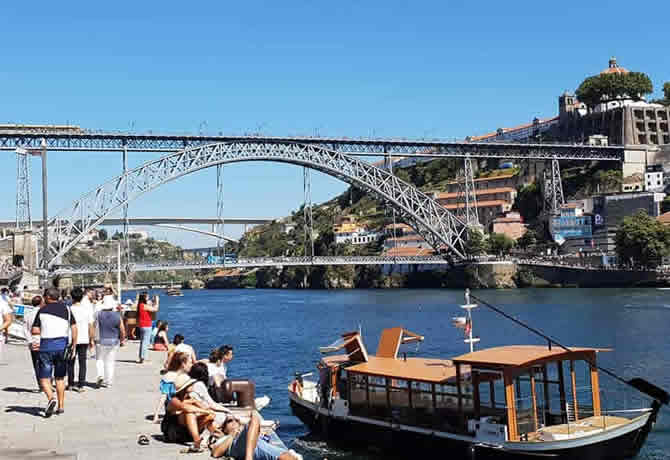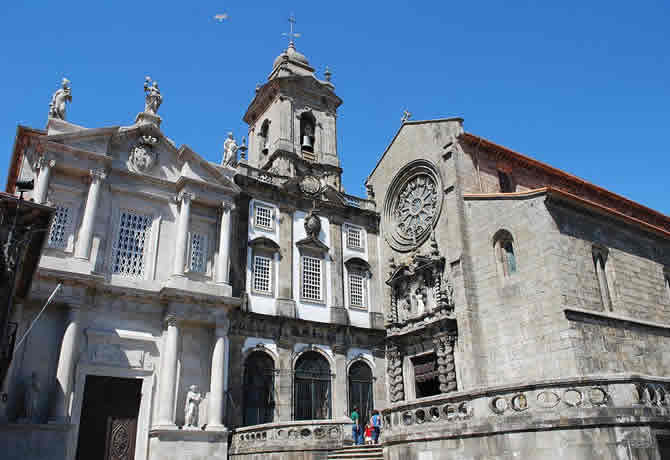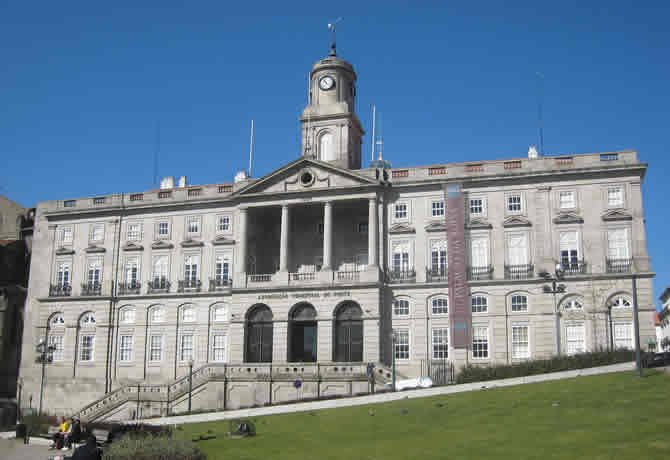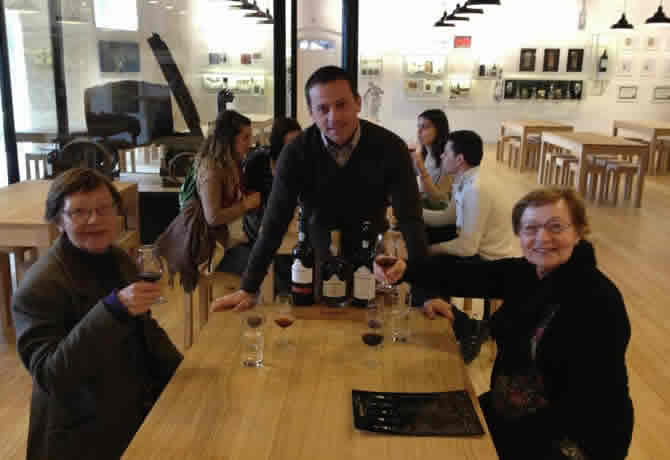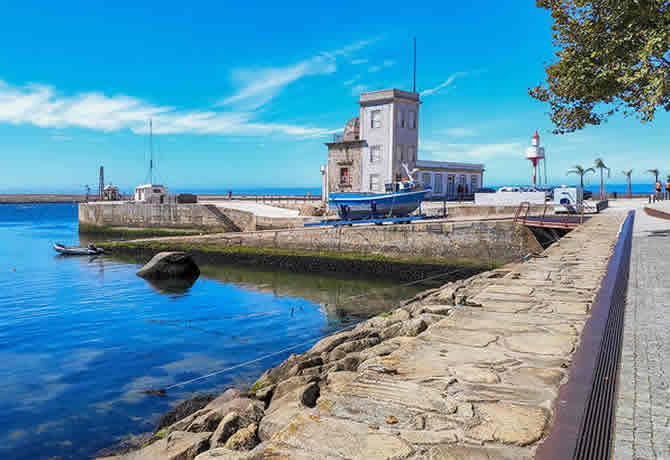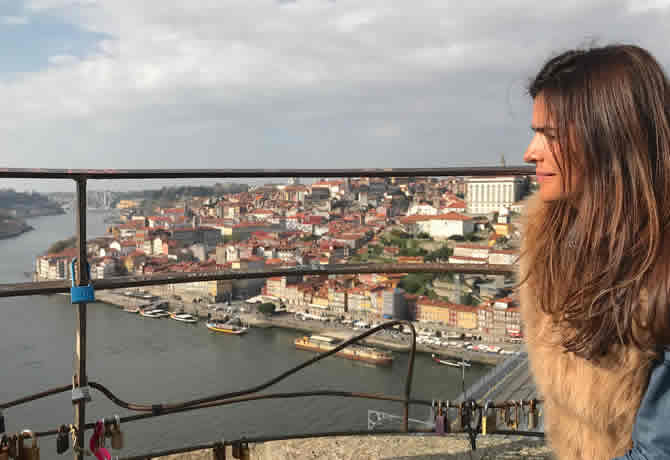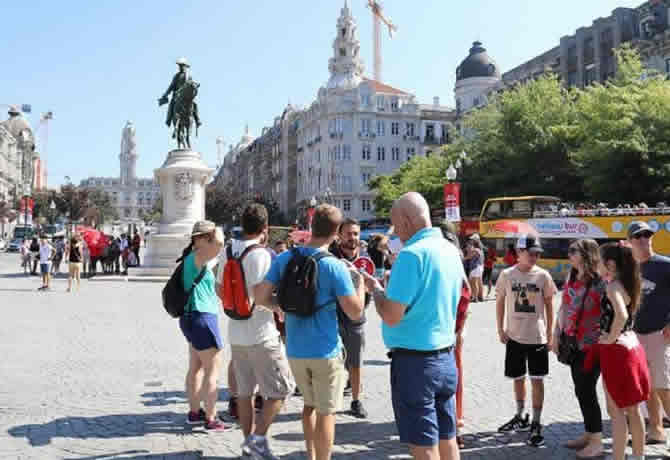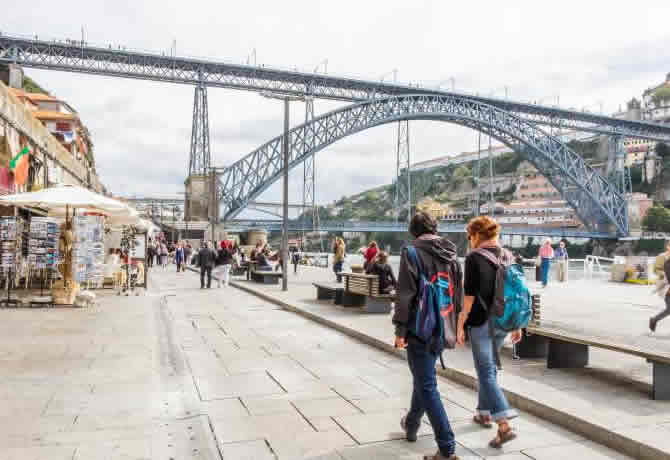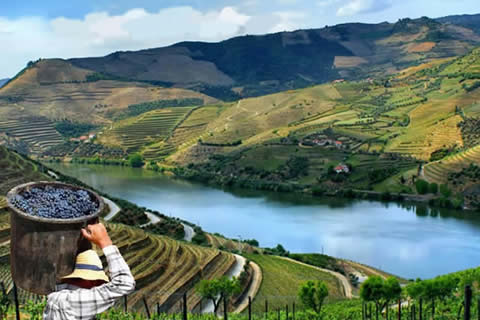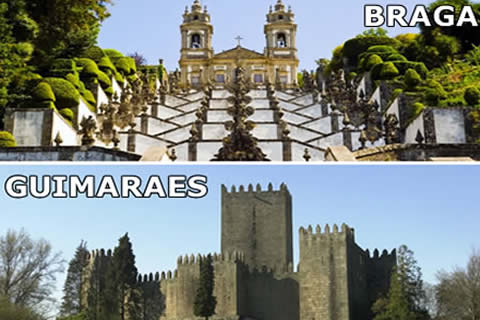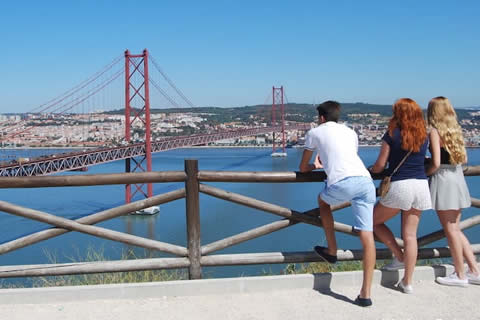Porto Private Tour wine Tasting Overview
This Porto private tour runs through the historic center of Porto mum Full day tour and stops at a wine cellar in the neighborhood for tastings of Port wine.
See the São Bento Railway Station, known for its atrium filled with works of art that portray Portuguese history, the Sé do Porto and the Livraria Lello strong>, considered one of the most beautiful bookstores in the world. Your tour ends in Vila Nova de Gaia, crossing the Douro River, where you will visit a wine cellar and enjoy a tasting of port wines.
Highlights
- Visit the historic center of Porto
- Porto Riverside Zone
- Port Wine Tasting
- Porto Central Station
- D. Luis Porto Bridge
- A private tour means a more personalized experience

